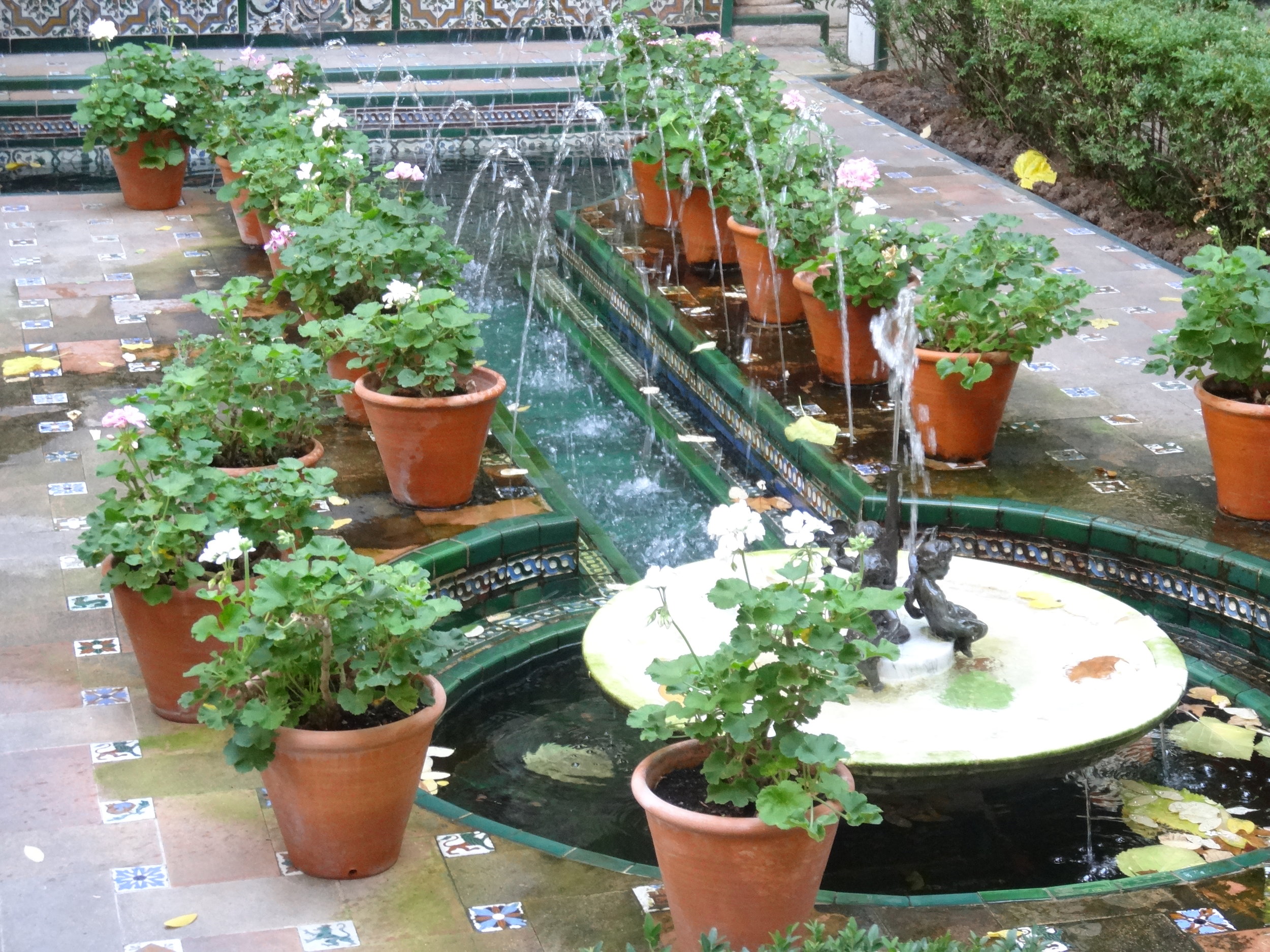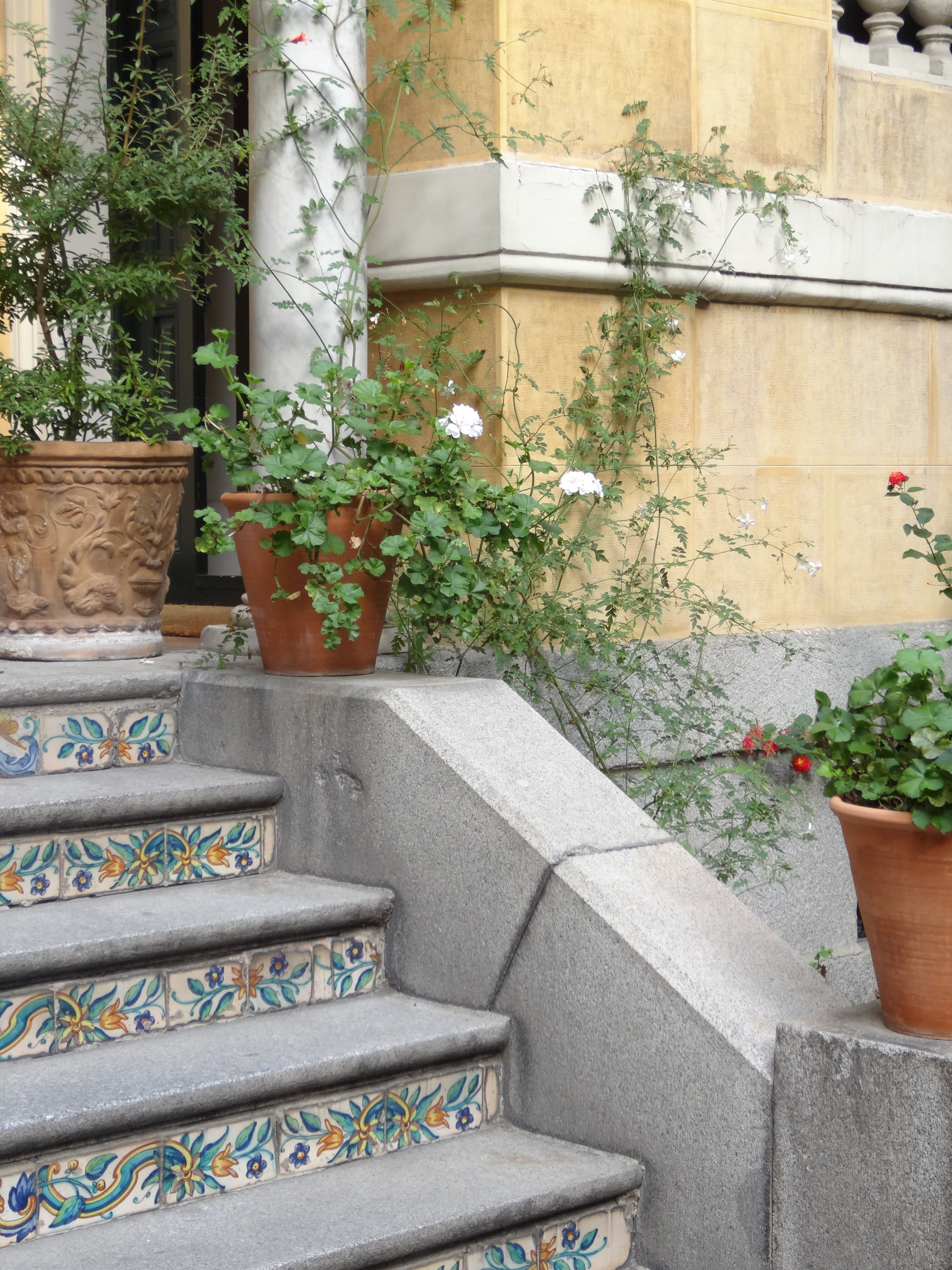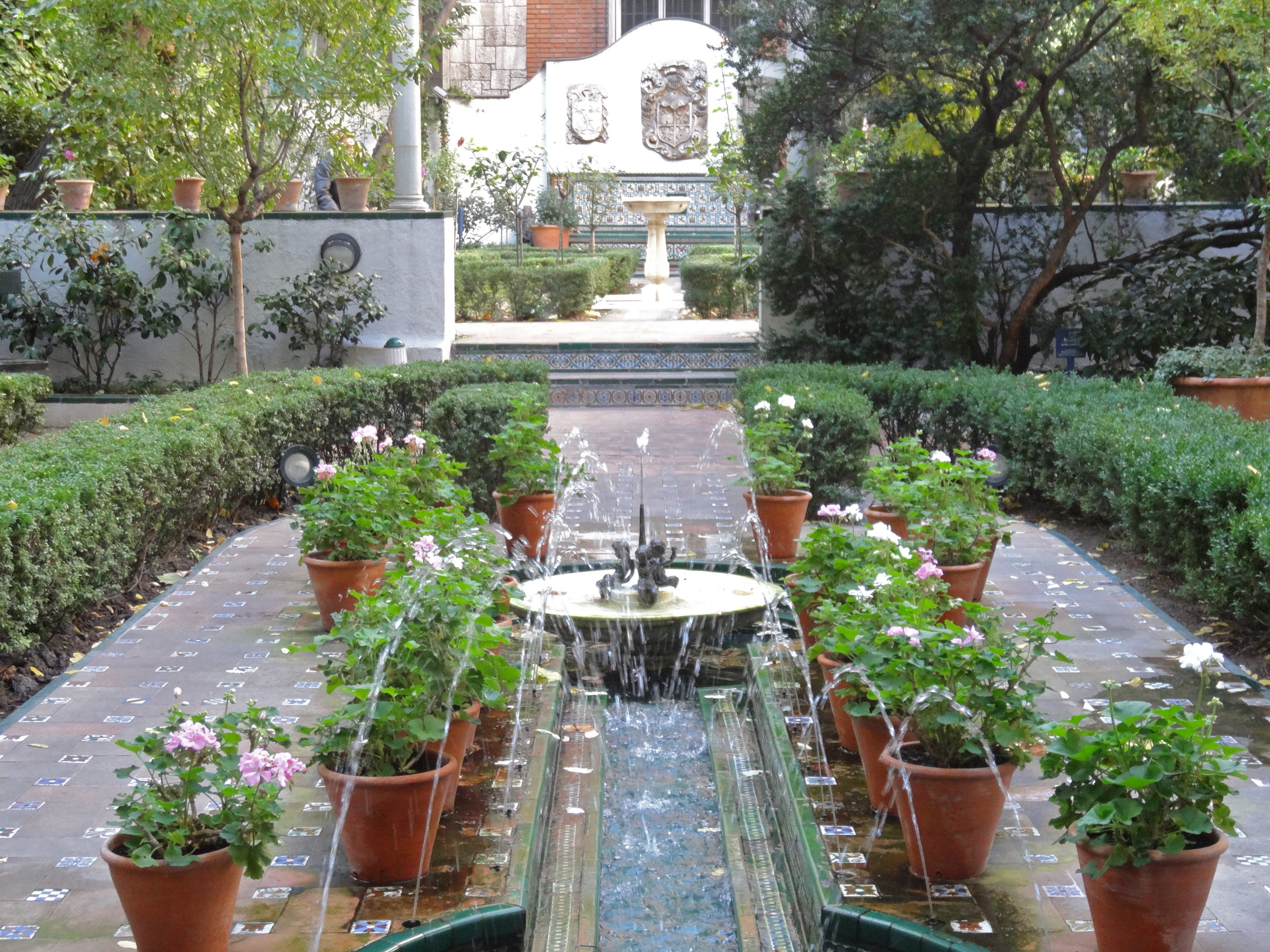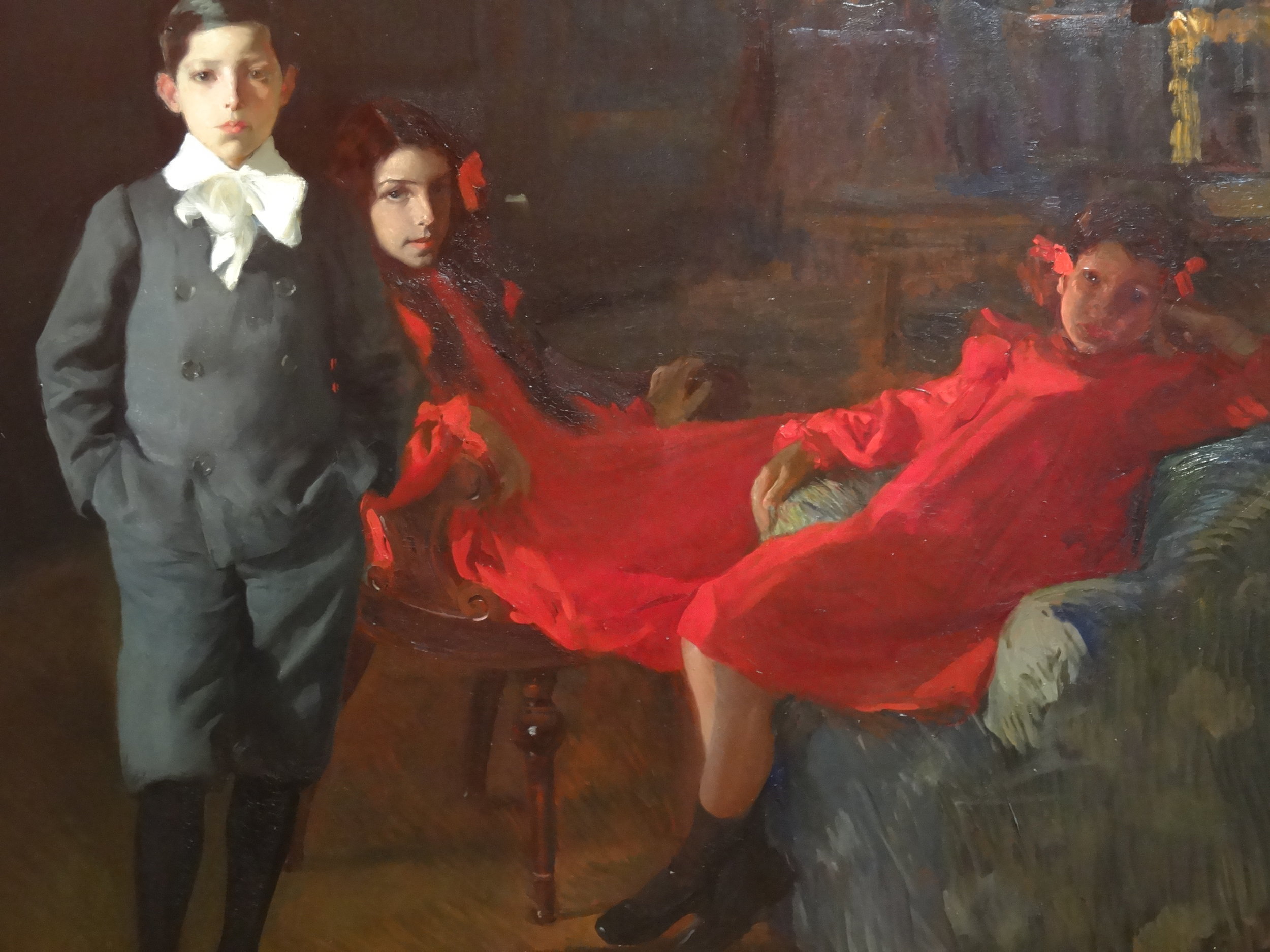Master of Light
Think of a famous painter from Spain and I guarantee there are other artists that first come to mind, such as Picasso, Miro, Velazquez... But of the most important Spanish painters, it is Joaquim Sorolla that I knew the least about, having only first seen his work just over a year ago while visiting Valencia. His paintings left an impression, realistic observations involving soft color palettes, and always captured full of fleeting moments and emotion.
 Joaquim Sorolla y Bastida was part of the most important artistic movement of the 19th Century, the 1st of the Modern Movements, known as Impressionism. The painters of this period preferred to work out of doors where they could easily focus on the play of light, catching fleeting impressions of the environment around them. One belief of the Impressionists, including Monet, Renoir, Degas, et al., was that any object regardless of color usually casts a shadow with its complimentary color. These painters loved color and light and working out of doors proved to be the perfect solution rather than working in a studio indoors. Sorolla was once quoted as saying, “I do not care to paint portraits indoors. I cannot feel sympathetic."
Joaquim Sorolla y Bastida was part of the most important artistic movement of the 19th Century, the 1st of the Modern Movements, known as Impressionism. The painters of this period preferred to work out of doors where they could easily focus on the play of light, catching fleeting impressions of the environment around them. One belief of the Impressionists, including Monet, Renoir, Degas, et al., was that any object regardless of color usually casts a shadow with its complimentary color. These painters loved color and light and working out of doors proved to be the perfect solution rather than working in a studio indoors. Sorolla was once quoted as saying, “I do not care to paint portraits indoors. I cannot feel sympathetic."
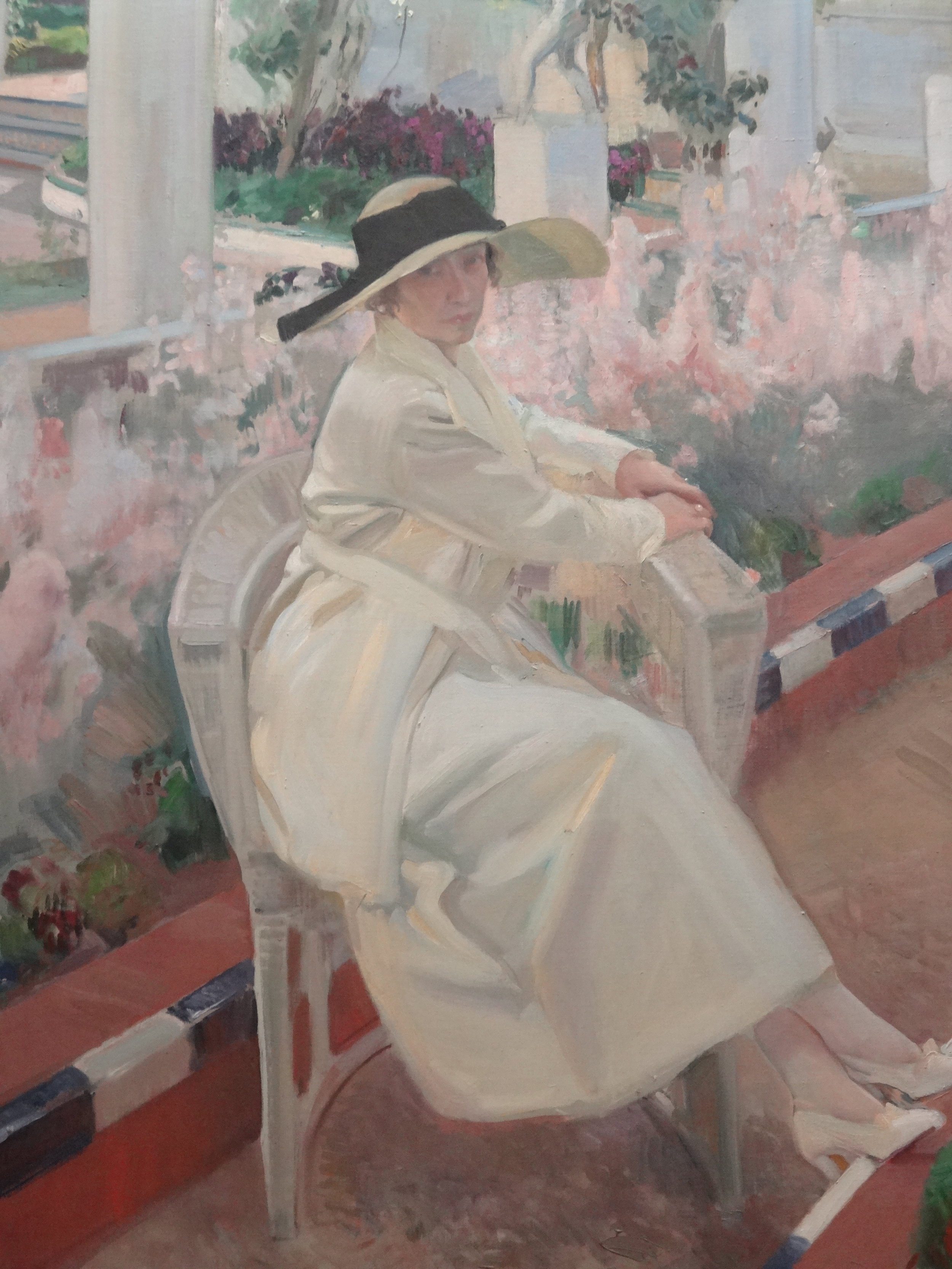 Sorolla, born in Valencia in 1863, started painting early, around 9 years of age. As he got older and his skills strengthened, he turned to painting portraits, landscapes and pieces that incorporated social and historical themes. At 18 he moved to Madrid, where his home and studio remain, open as a museum to this day. He was well traveled; he spent time studying throughout Europe and achieved success with his painting style while in the United States. He loved painting out of doors and his particular style, regarding the immense emphasis he placed on light, was referred to as ‘luminism’, and his preference was for painting the landscape under the sunlight of his native land.
Sorolla, born in Valencia in 1863, started painting early, around 9 years of age. As he got older and his skills strengthened, he turned to painting portraits, landscapes and pieces that incorporated social and historical themes. At 18 he moved to Madrid, where his home and studio remain, open as a museum to this day. He was well traveled; he spent time studying throughout Europe and achieved success with his painting style while in the United States. He loved painting out of doors and his particular style, regarding the immense emphasis he placed on light, was referred to as ‘luminism’, and his preference was for painting the landscape under the sunlight of his native land.
Surrounding his home and studio, on two sides, is the garden that Sorolla had created, a place where he often sought refuge whenever he could. Inspired by gardens in Seville and Granada, he mixed marble with Andalusian tile and often painted in here, where he could enjoy the effect of light on architecture, vegetation and the fountain. The painting of the fountain was a favorite area to work due to its involvement of light on water, and his fondness for the distortion of images reflected in it.
At one point the surrounding buildings were much lower, thus providing a garden full of more light, flowers and colors. Now the plantings are more vegetation focused, and with the sounds of the fountain, still provide a nice quiet and relaxing atmosphere.
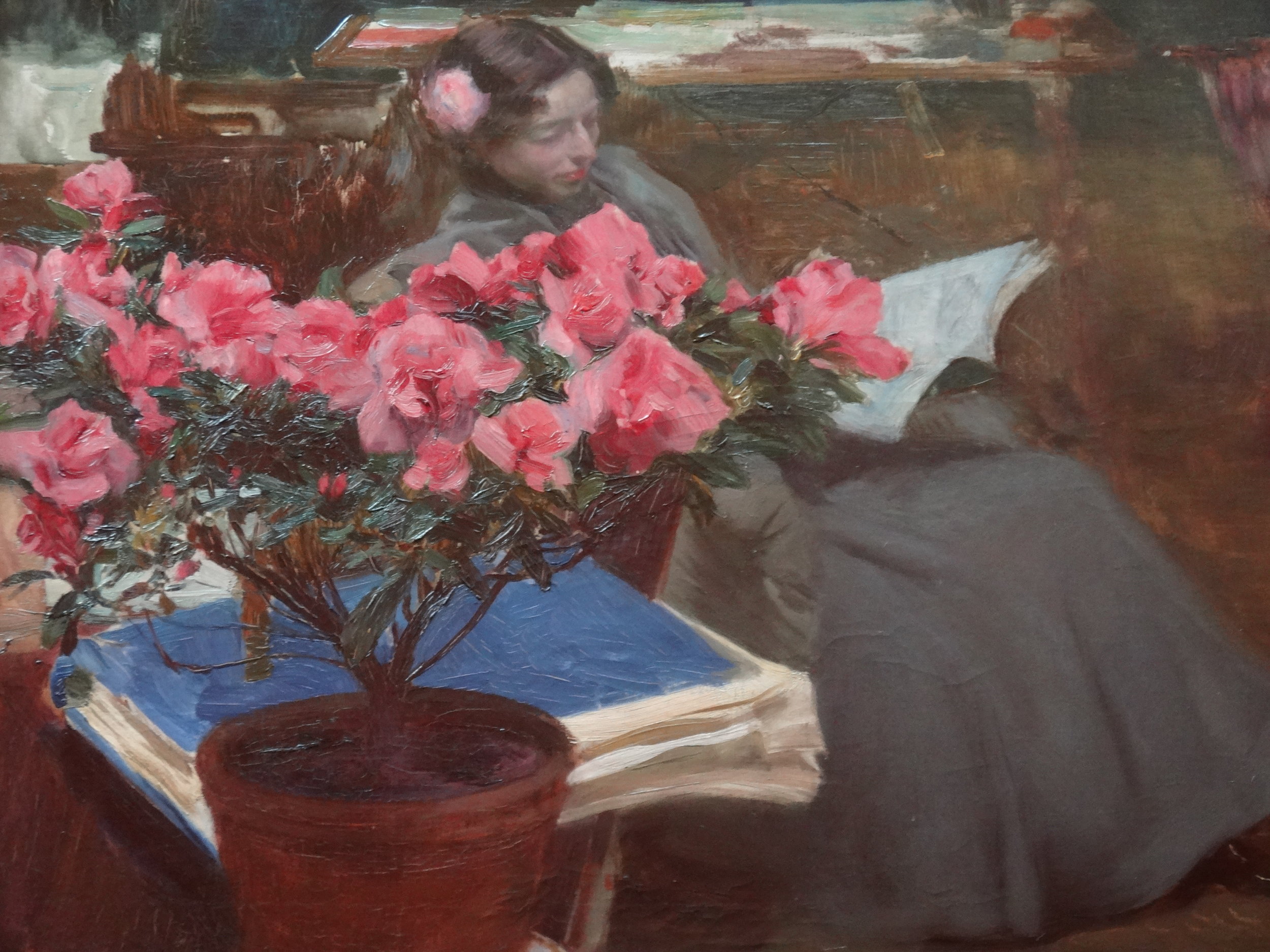 Sorolla, who was very close with his family, often used them as his models, involving his three children and his wife, Clotilde, who was his muse. The bond between him and his wife was strong, with Clotilde once stating in a letter, “…you know that my greatest pleasure is to be by your side, that I don’t go or like to go anywhere if it is without you, and even at home if bothers me when people visit because they deprive me of being at your side in the studio.” Beautiful.
Sorolla, who was very close with his family, often used them as his models, involving his three children and his wife, Clotilde, who was his muse. The bond between him and his wife was strong, with Clotilde once stating in a letter, “…you know that my greatest pleasure is to be by your side, that I don’t go or like to go anywhere if it is without you, and even at home if bothers me when people visit because they deprive me of being at your side in the studio.” Beautiful.
In the year of 1923, Sorolla passed away due to complications from a stroke he had earlier on, he left behind a large body of work and his legacy of being one of Spain’s most phenomenal painters, often referred to today as the “Master of light”.
 “I hate darkness. Claude Monet once said that painting in general did not have light enough in it. I agree with him. We painters, however, can never reproduce sunlight as it really is. I can only approach the truth of it.”- Sorolla
“I hate darkness. Claude Monet once said that painting in general did not have light enough in it. I agree with him. We painters, however, can never reproduce sunlight as it really is. I can only approach the truth of it.”- Sorolla
- James




